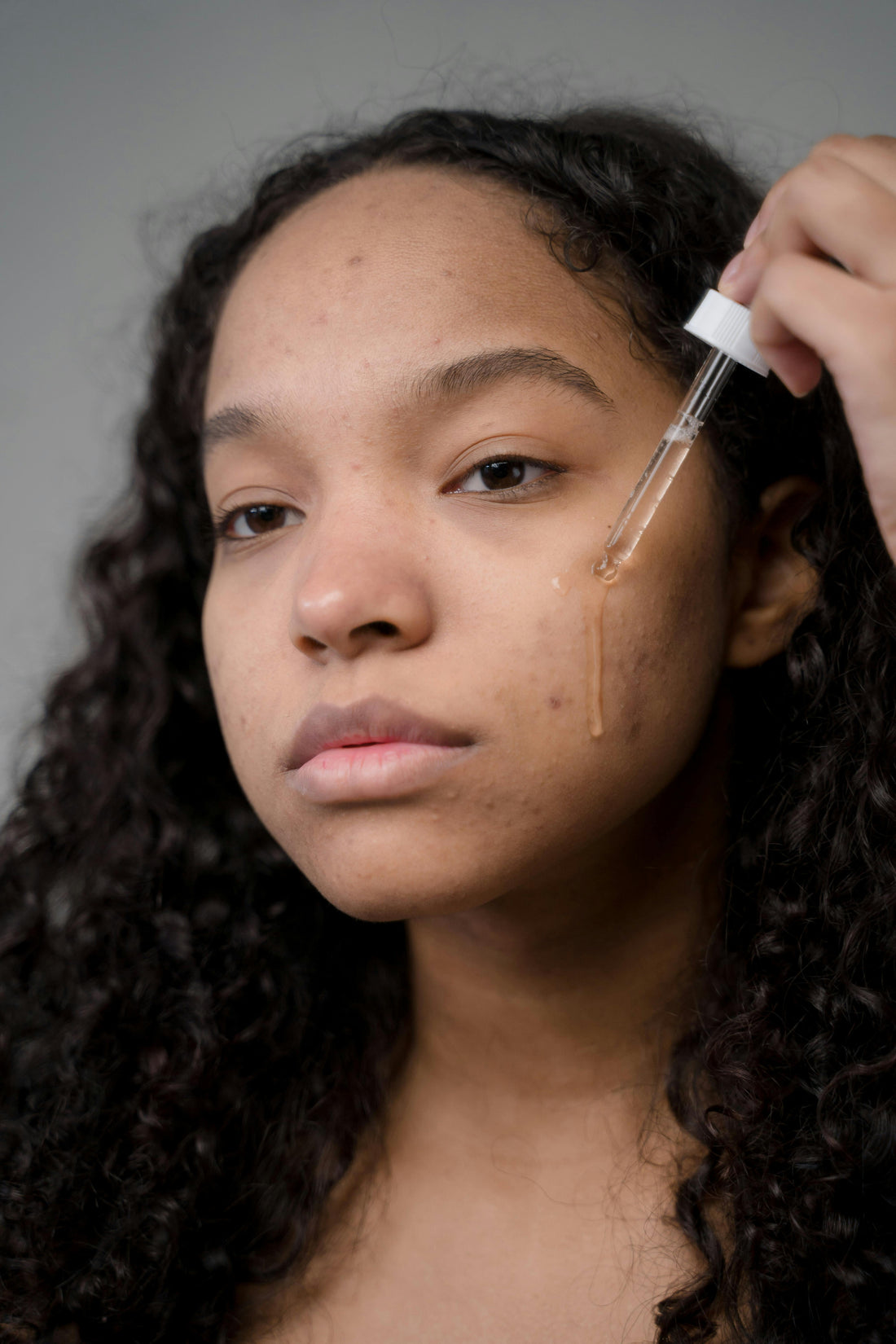
Why "Non-Comedogenic" Isn't Always Enough: Understanding Pore-Clogging Ingredients
You're on a mission for clearer skin, and you're diligently scanning product labels. You see the magic words: "non-comedogenic." You breathe a sigh of relief, assuming this product won't dare clog your precious pores. But hold on a minute! While "non-comedogenic" is a helpful guideline, it's not a foolproof guarantee. Let's dive into why you still need to be a savvy ingredient detective.
What Does "Non-Comedogenic" Even Mean?
Essentially, "non-comedogenic" indicates that a product should be formulated in a way that avoids causing clogged pores, which can lead to acne. However, the term isn't strictly regulated by the FDA. This means that companies can use it without rigorous, standardized testing to back up the claim.
The Sneaky Culprits: Pore-Clogging Ingredients
Here's where things get tricky. Even some products labeled "non-comedogenic" might contain ingredients that have the potential to clog pores for certain individuals. These ingredients can contribute to the buildup of dead skin cells and oil within the pores, the perfect recipe for breakouts.
Some common pore-clogging ingredients to watch out for include:
* Acetyl Alcohol
* Butyl Stearate
* Coconut Oil
* Isopropyl Myristate
* Shea Butter
(This is not an exhaustive list, and you can refer to your original guide for a more comprehensive list).
It's important to note that everyone's skin is different. What clogs pores for one person might be perfectly fine for another.
"Oil-Free" Isn't Always the Answer Either
Don't fall into the trap of thinking that "oil-free" products are automatically safe from clogging your pores. These products can still contain ingredients that contribute to congestion.
Become an Ingredient Detective
So, what's the solution? Take matters into your own hands and become an ingredient detective! Here's how:
* Read Labels Carefully: Don't just rely on the marketing claims on the front of the bottle. Check the full ingredient list.
* Use Ingredient Checkers: Websites like Paula's Choice Beautypedia (paulaschoice.com/beautypedia-ingredient-checker) can be incredibly helpful. You can search for specific ingredients and see their potential effects on the skin.
* Pay Attention to Your Skin: Ultimately, your skin will tell you what it likes and dislikes. If you notice breakouts after using a particular product, even if it's labeled "non-comedogenic," discontinue use.
The Bottom Line
While "non-comedogenic" can be a helpful starting point, it's crucial to be aware that it's not a guarantee. By understanding which ingredients have the potential to clog pores and by carefully analyzing product labels, you can make more informed choices for your skin and increase your chances of achieving a clearer complexion.
